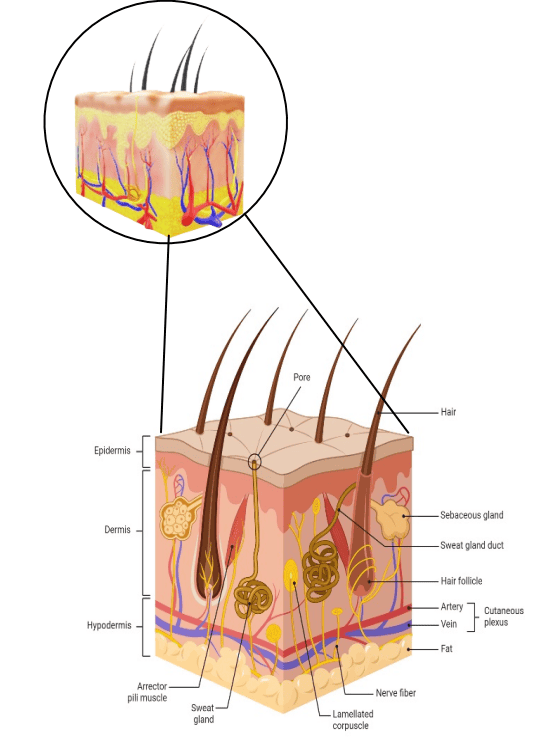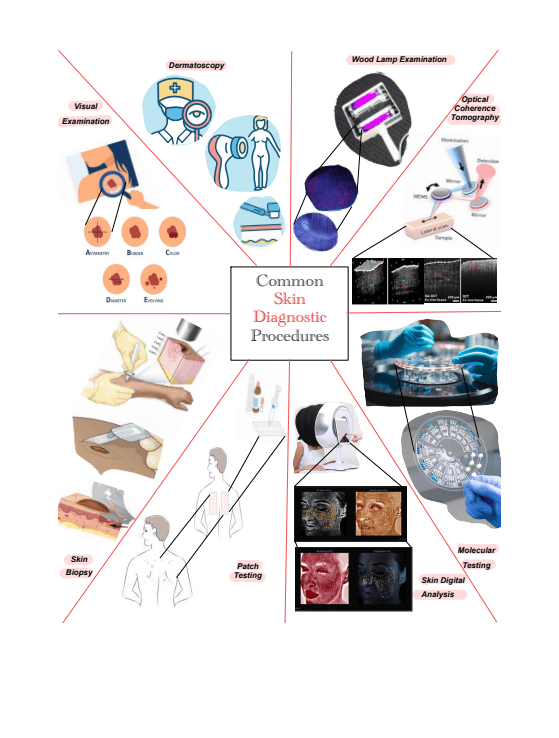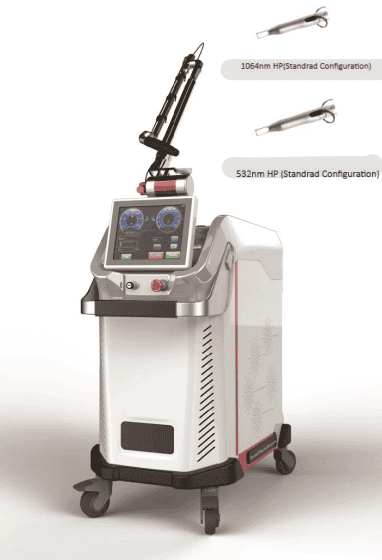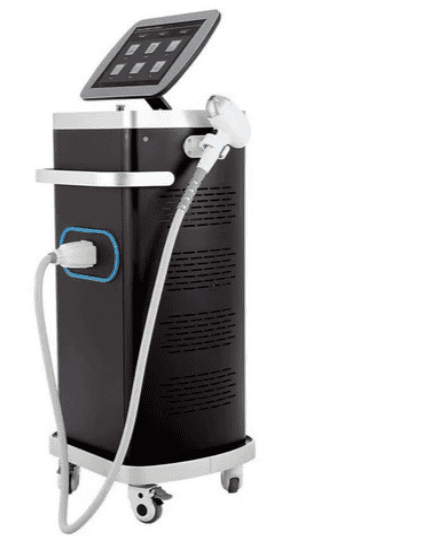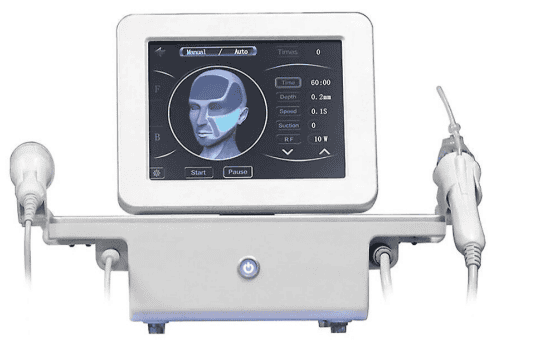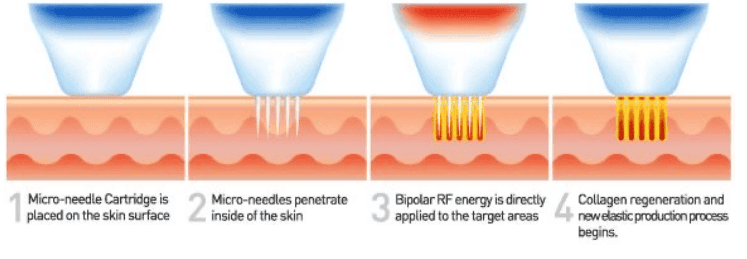The Dermatology Care Project
By LifETIME CDT Student: Mohamed Patel (He/Him) (University of Birmingham)
GSBS Medical Trust (India)
The GSBS Medical Trust is a charitable organization operating in Central Mumbai, India for last 5 decades. The Trust is a non-communal body registered under the Charity Commissioner in 1973 which offers diagnostic services and medical treatment to needy patients irrespective of caste or creed at exceedingly reasonable rates. The government of India recognizing the good services of the Trust has given it an 80G income tax exemption certificate. The Trust is operated by a constituted Board of 7 Trustees and various committees who look after various facets of the running of the Trust. By its very constitution, the majority of the Board or Trustees are medical doctors, and the President is always a doctor.
Our Motto:
• To provide quality healthcare to the maximum number of patients at minimum cost
• To provide rehabilitation to patients recovering from diseases / disability
• To provide knowledge, awareness and education in the field of preventive and public health
• And to do this with attention to good ambience, quality control and service with a smile
Dermatology is a swiftly advancing field of medicine, marked by ongoing discoveries in skin condition management and medication development. Companies like ENTOD Pharma lead the charge in providing specialized medications tailored to this branch of modern medicine. Awareness of skin health is on the rise, fueled by growing concerns over air pollution, prolonged skin exposure, dietary habits, and vitamin deficiencies. Modern dermatological practices heavily rely on specialized equipment such as lasers and ultraviolet lamps, often out of reach for smaller clinics due to their cost and space requirements. Initiatives like the GSBS Medical Trust aim to bridge this gap by offering affordable dermatological services, thus ensuring equitable access to skincare solutions for underserved communities.
Human Skin: Physiology & Pathology
Human skin is a remarkable organ that serves as a protective barrier between the body and the external environment. Comprising multiple layers and specialized cells, it plays crucial roles in regulating temperature, preventing dehydration, synthesizing vitamin D, and sensing the external environment through touch, temperature, and pain receptors.
Physiology of Human Skin:
Epidermis: The outermost layer of the skin, primarily composed of keratinocytes, which produce keratin—a protein that provides structural support and waterproofing. Melanocytes, located in the basal layer of the epidermis, produce melanin, the pigment responsible for skin color and protection against UV radiation.
Dermis: Located beneath the epidermis, the dermis contains blood vessels, nerves, hair follicles, sweat glands, and sebaceous glands. It provides structural support and elasticity to the skin through collagen and elastin fibers.
Hypodermis (Subcutaneous Tissue): The deepest layer of the skin consists of fat cells (adipocytes) and connective tissue. It acts as insulation, cushioning, and energy storage.
Common Skin Diseases
Acne: A common skin condition characterized by clogged pores, inflammation, and bacterial infection, often occurring during adolescence due to hormonal changes.
Eczema (Atopic Dermatitis): A chronic inflammatory skin condition characterized by dry, itchy, and inflamed patches, often triggered by allergens or irritants.
Psoriasis: An autoimmune disorder causing rapid skin cell growth, resulting in thick,
scaly patches on the skin’s surface.
Rosacea: A chronic inflammatory condition primarily affecting the face, causing redness, visible blood vessels, and sometimes small, red, pus-filled bumps.
Dermatitis: Inflammation of the skin, which can be caused by allergic reactions,
irritants, or exposure to certain substances.
Skin Cancer: Various types of skin cancer, including melanoma, basal cell carcinoma,
and squamous cell carcinoma, can develop due to prolonged UV exposure.
Understanding the physiology of human skin and common skin diseases is crucial for
maintaining skin health and seeking appropriate medical treatment when necessary.
Proper skincare routines, sun protection, and early detection of skin abnormalities are essential for maintaining healthy skin.
Treatment Advancement: Cosmetic/Aesthetic Dermatology
PICOFOCUS PICO LASER
PICOFOCUS® is a state-of-the-art picosecond laser, boasting cutting-edge technology for aesthetic medicine. Its ultra-short energy pulses, delivered in trillions of a second, offer superior results with fewer treatments compared to traditional lasers. The picosecond pulse not only shields the surrounding tissue from heat shock but also delivers a higher energy level to the target structure, effectively fragmenting the pigment into smaller particles that are more readily absorbed by the body.
PICOFOCUS® caters to a diverse range of dermatological concerns, including but not limited to Melasma, Age Spots, Birthmarks, Nevus Ota, Freckles, Seborrheic Keratosis, Skin Rejuvenation, Post-acne Erythema, Inflammatory Acne, and Rosacea.
Technical Specifications
WAVELENGTH: 1064nm 532nm Standard; 585nm, 650nm Optional
ENERGY: 600mj (1064nm); 300mj (532nm)
PEAK POWER: 1064nm 1.2GW; 532nm 0.6GW
FREQUENCY: 1-10 Hz
ZOOM SPOT SIZE: 2-10mm Adjustable
PULSE WIDTH: 450ps
BEAM PROFILE: Top Hat Beam
LIGHT GUIDING SYSTEM: 7 joints Arm
AIMING BEAM: Diode 655 nm (Red)
NET WEIGHT: 95KG
DIMENSION: 680*790*1200m
ALICE WATER BUBBLE
Hydro facial cleaning, known as Wet Dermabrasion, combines exfoliation and serum infusion using a diamond tip, providing a revitalizing experience for the skin. Oxygeneo facial whitening promotes skin oxygenation, removes dead cells, and enhances nutrient absorption, resulting in a brighter complexion. RF skin tightening with Quadrupole technology stimulates collagen production and improves circulation, leading to firmer skin texture.
Technical Specification
Functions: Skin rejuvenation, wrinkle removal, facial cleaning, facial peeling, skin tightening, lifting, acne treatment.
Ultrasonic frequency: 1.1 MHz
RF type: Bipolar and Quadrupole
Quantity of Hydro Facial bottle: Type A B C D
Hydro facial head: 6 hard heads and 2 polished heads
Oxygeneo: Facial deep cleaning, skin activating
Display: 10.4 inch LCD Touch Screen
The temperature scope of the Cold & hot hammer: 0-45C
The power of the machine: <350W
The hydrodermabrasion handle pressure: 90Kpa
The hydrodermabrasion handle flow: 30L
Measurement: 110*51*40cm
Gross Weight: 45KGs
Bipolar RF for eyes utilizes dual handles to target specific areas around the eyes, rejuvenating the delicate skin. Ultrasonic with Meso injection enhances circulation, aids in fat breakdown, and promotes skin elasticity. The Oxygen spray gun delivers high concentrations of sterile oxygen, promoting cellular metabolism and the skin. Lastly, Cold & hot treatment calms sensitive skin post-treatment, ensuring a soothing experience after cleansing. These innovative treatments offer comprehensive solutions for skincare needs, from exfoliation to rejuvenation and maintenance.
Treatment Advancement: Cosmetic/Aesthetic Dermatology
DIODE HAIR REMOVAL LASER
Diode laser treatment, specifically diode laser hair removal, utilizes a diode laser emitting light from visible to infrared wavelengths to safely and gently eliminate unwanted hair while safeguarding the skin. This cosmetic procedure employs selective photothermolysis, targeting heat at hair follicles without harming surrounding tissue. By focusing on melanin in the hair follicles, it offers a long-term solution to hair removal with minimal discomfort.
The treatment’s advantages include deeper skin penetration, potentially requiring fewer sessions, suitability for darker skin tones, efficient hair removal over large areas, quicker skin recovery, and significant hair reduction after a few sessions. However, it may cause more discomfort, unsuitability for lighter skin tones, and post-treatment side effects like irritation, redness, swelling, and potential pigmentation changes.
Product Specification:
Wavelength: 755nm, 808nm, 1064nm
Frequency: 50/60 Hz
Spot Size: 12x12mm
Power: 500W
Pulse Width: 5-400 ms
MICRONEEDLING MACHINE
Micro-needling involves the use of fine needles to create micro-wounds, or channels, in the skin, stimulating the production of capillaries, elastin, and collagen. Also known as skin needling or collagen induction therapy, this procedure can be enhanced with radiofrequency waves, resulting in what’s termed radiofrequency micro-needling. In this method, the needles deliver radiofrequency energy into the channels, intensifying the impact of standard micro-needling.
The regenerated skin that emerges is typically thicker and smoother, effectively addressing various concerns such as fine lines, wrinkles, stretch marks, large pores, acne scars, scars from injury or surgery, hyperpigmentation, loose or sagging skin, cellulite, and even hyperhidrosis.
Technical Specification:
Frequency: 5MHZ
Total RF Treatment Level: 1-10
Power: 80W
Type of needles: 81 tips, 49 tips, 25 tips
Depth of Needle: 0.3-3mm (Adjustable)
Switch: Foot Switch
Dimension (CM): 40*38*80
Weight: 20KG
Concerns / Suggestions:
- Some of the questions/concerns asked were explained in medical jargon rather than easier or crystal language.
- Very busy on weekends making the waiting room quite crowded and busy
- Reception area could be too loud due to busy calling hours or appointment peak hours.
- Limited Availability of Doctors
- Too Long Waiting for Scheduled Appointment
- Aesthetic Procedure Cost is High
- Odd Hours on Weekdays
- Pamphlet / Information Sheet for Cosmetology Procedur










